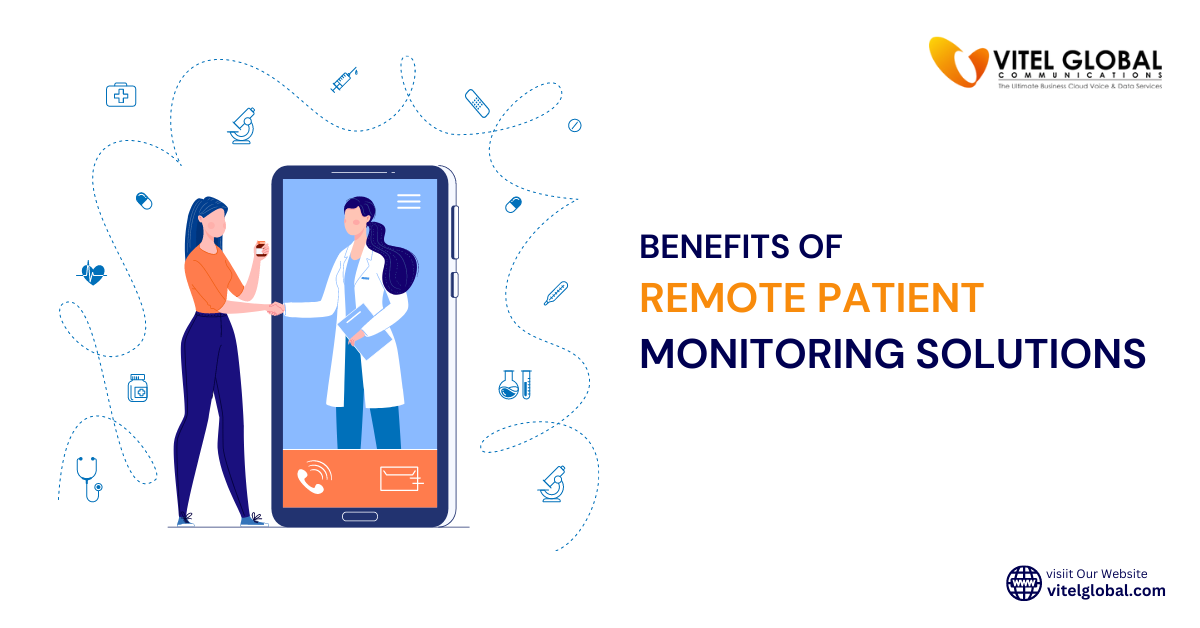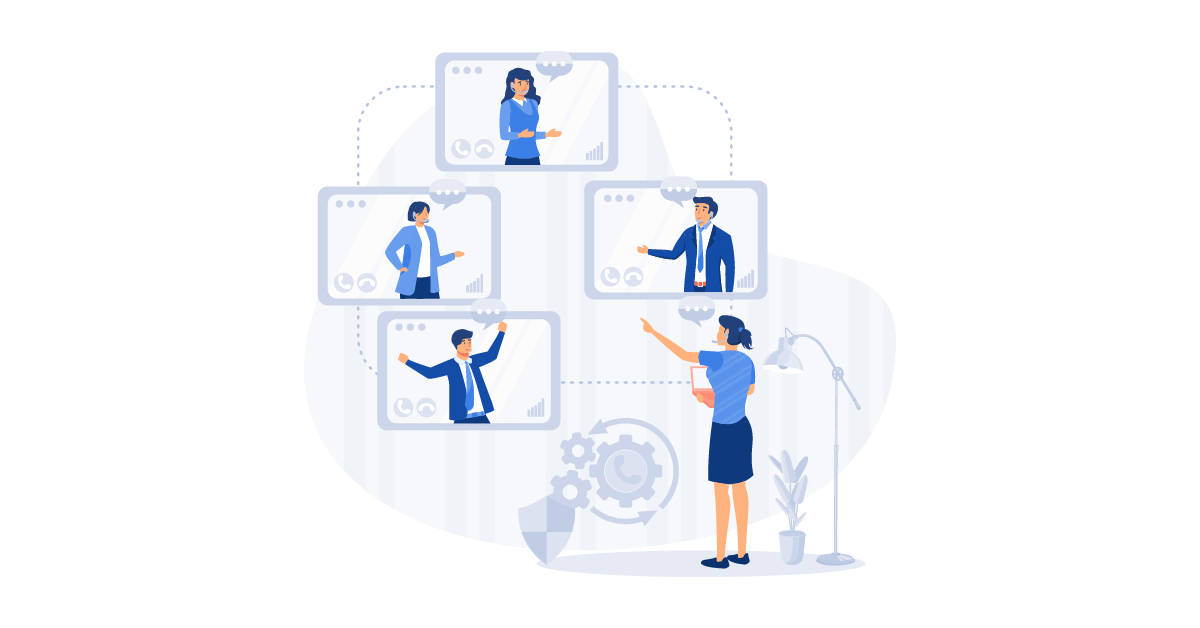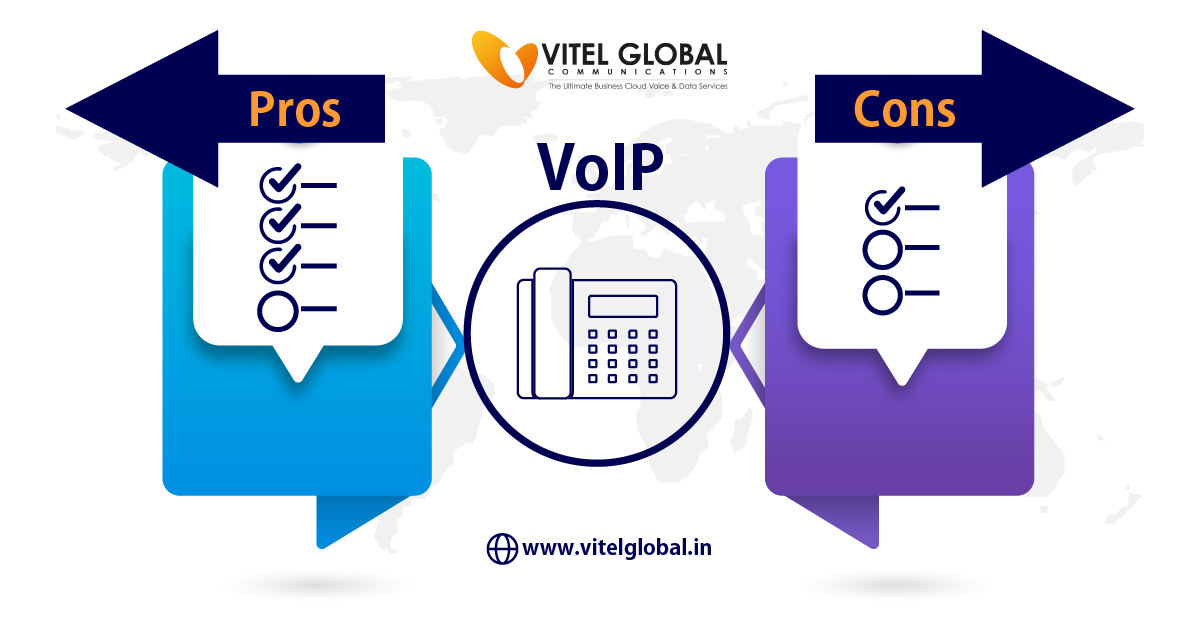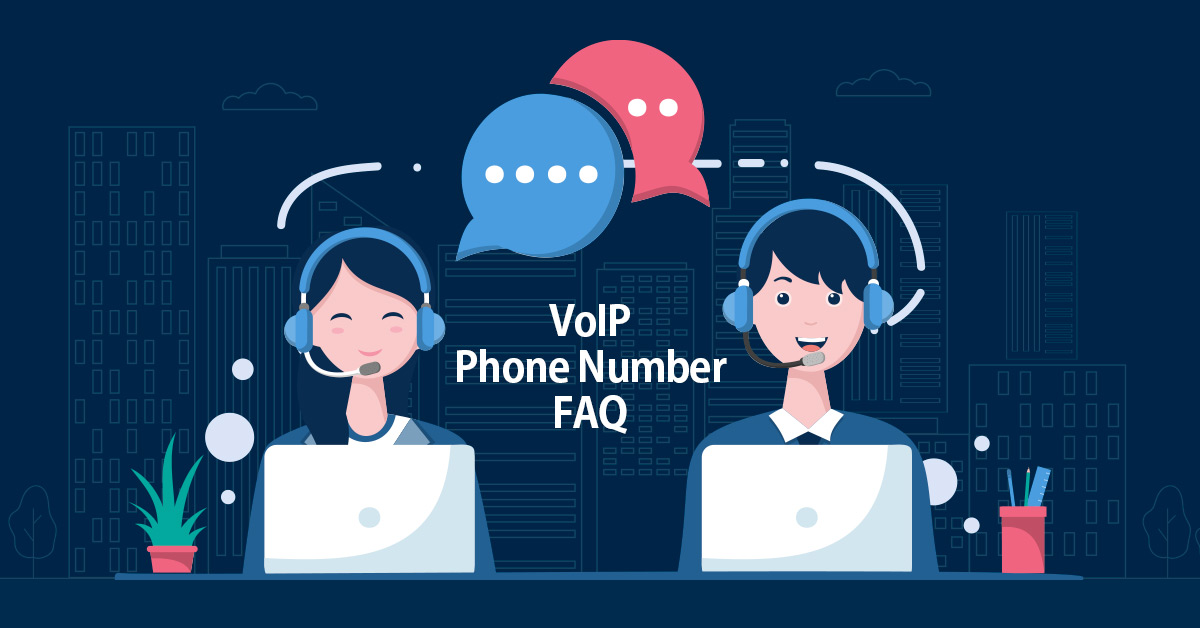Table of Contents
The global spread of COVID-19 infections has prompted significant shifts in the healthcare sector. Technology helped us at that time with telemedicine and remote patient monitoring solutions.
Numerous organizations have implemented telehealth solutions to assist patients and medical staff. Because it was a time when everyone had to remain socially distant as possible to prevent disease transmission.
Remote patient monitoring has been an essential tool in this regard. Healthcare providers can monitor patients in a safer manner with an RPM solution, allowing them to remain at home while still tracking their progress. And the one-stop solution that helped to promote RPM is Cloud-based telephone systems.
In this blog, we will glide above the significance of remote patient monitoring. Because it is more than just a tool to get us out of the pandemic. Also, in the future RPM will continue to be an essential tool for arranging safe and effective ongoing patient care.
What is an RMP solution?
A method for providing remote patients with healthcare services with the use of digital technology is Remote Patient Monitoring.
It is very important to understand today’s situations. Because it connects patients and physicians in clinical settings, such as practices, hospitals, and research facilities, using software and technology.
Digitally, a technical way to express is that it is a transfer of personal information between the patient and the provider using security measures. So, remote patient monitoring is especially useful in rural areas not easily reachable.
Hence, remote monitoring becomes an essential lifeline to these patients in need as hospitals close due to downturns. It makes perfect sense to use RPM systems to provide patients with services when the situation consists of coronavirus-infected patients.
Misconceptions Regarding RPM Solutions:
If you think about implementing a remote patient monitoring program, you might be operating under the false impression that it will be very expensive.
Well, some healthcare professionals work under the assumption that starting an RPM program will be difficult because of its cost. However, modern RPM systems are able to function out of the box. For example, a physician looks at a customized dashboard that shows the patient’s vital signs.
Another misconception is that broadband connections between the patient and the provider are required for remote patient monitoring. However, RPM equipment can function over Wi-Fi (with security measures in place). In order for healthcare readings to easily flow into a tablet or smartphone, providers can also use cloud-based softphone apps.
What is the Equipment Used for Remote Patient Monitoring?
Patients can stay at home while their doctors and nurses check on their vital signs and other information. RPM is a greatly accessible and easy-to-use digital health and telehealth tool. Patients wear equipment that sends data over the Internet from the comfort of their homes.
For example, blood pressure monitors that patients wear to monitor their condition are one type of device that is frequently useful in remote patient monitoring. Similarly, pulse oximeters for respiratory treatment, including those at high risk for COVID. It is easy to monitor their blood oxygen saturation levels remotely from a distance. On the other hand, diabetes patients wear continuous blood glucose monitors to send data to the doctors.
For this reason, people install VoIP phone systems for better calling features. Telehealth systems for remote patient monitoring include the microphone and camera built into the patient’s smartphone, tablet, laptop, or desktop computer, in addition to such specialized instruments for monitoring their vital signs.
Benefits of Remote Patient Monitoring:
Enhances the Productivity of Clinical Staff:
Healthcare professionals are able to place a higher priority on providing high-quality care with the help of Cloud telephony. With a close look at real-time health status, they are able to serve every patient and case. Using this, the risk of document duplication is no more by integrating electronic health record systems with a number of remote patient monitoring (RPM) solutions.
By assisting clinicians in providing some of those services via virtual visits, remote patient monitoring services are the best way to alleviate in-person visits.

Better Patient and Health Provider Relations:
It is the primary responsibility of the health provider to ensure full transparency of the patient’s state of health and care pathways. A research study regarding Patient Satisfaction with Telemedicine Remote Patient Monitoring states that every healthcare organization must maintain a positive patient and physician relationship.
Telemedicine through cloud technology can make it easier for patients to interact with their doctors and nurses. Remote patient monitoring (RPM) solutions help even patients to maintain strong relationships with primary care providers.
In addition, this connection is an excellent method for involving patients in their treatment program. Because it can increase the likelihood of positive patient outcomes during treatment.
Net Patient Revenue:
If you compare traditional in-person visits with the current Cloud-based video conferencing that helps telemedicine, the cost of providing health care services via virtual means is lower. In addition, if an organization chooses to implement a remote patient monitoring solution, there would be a rapid rise in the net revenue of patients as a result of increased workflow efficiency, staff productivity, and lower costs. RPM can also give today’s medical practices and hospitals a chance to gain an advantage over competitors in the healthcare industry.
Mental Well-Being:
Firstly, remote patient monitoring can make the patient feel at ease. On the other hand, it also makes the patient happier and more engaged. This is how it reassures patients that their condition is constantly being monitored by a team of dedicated professionals. As a result, high-risk patients can rest peacefully.
In addition, positive effects on mental health and the chance to lessen the risk of frequent issues like depression and anxiety are brought about by mental well-being.
Conclusion:
In order to close this brief discussion about Remote patient monitoring, understand that it can help patients as well as healthcare organizations. It is a healthcare tool that many providers are likely to continue using due to its priceless advantages. Additionally, people, today become familiar with this technology, and you can anticipate an increase in the number of patients who want to work with you online. Hence, it led to a leap in telemedicine in that home healthcare services and remote telehealth sessions can be combined for greater convenience.
Therefore, you already have enough work to do in a medical and clinical setting. You should take care of patients who come in person and meet their telehealth needs of patients. But now, you monitor from a distance. It might be hard for you to find time in your schedule to keep up with important healthcare elements as we are bound by the limitations of social distancing. Reach us to learn more about cloud-based telephone solutions and how they can help you. Contact us for a free live demo.






